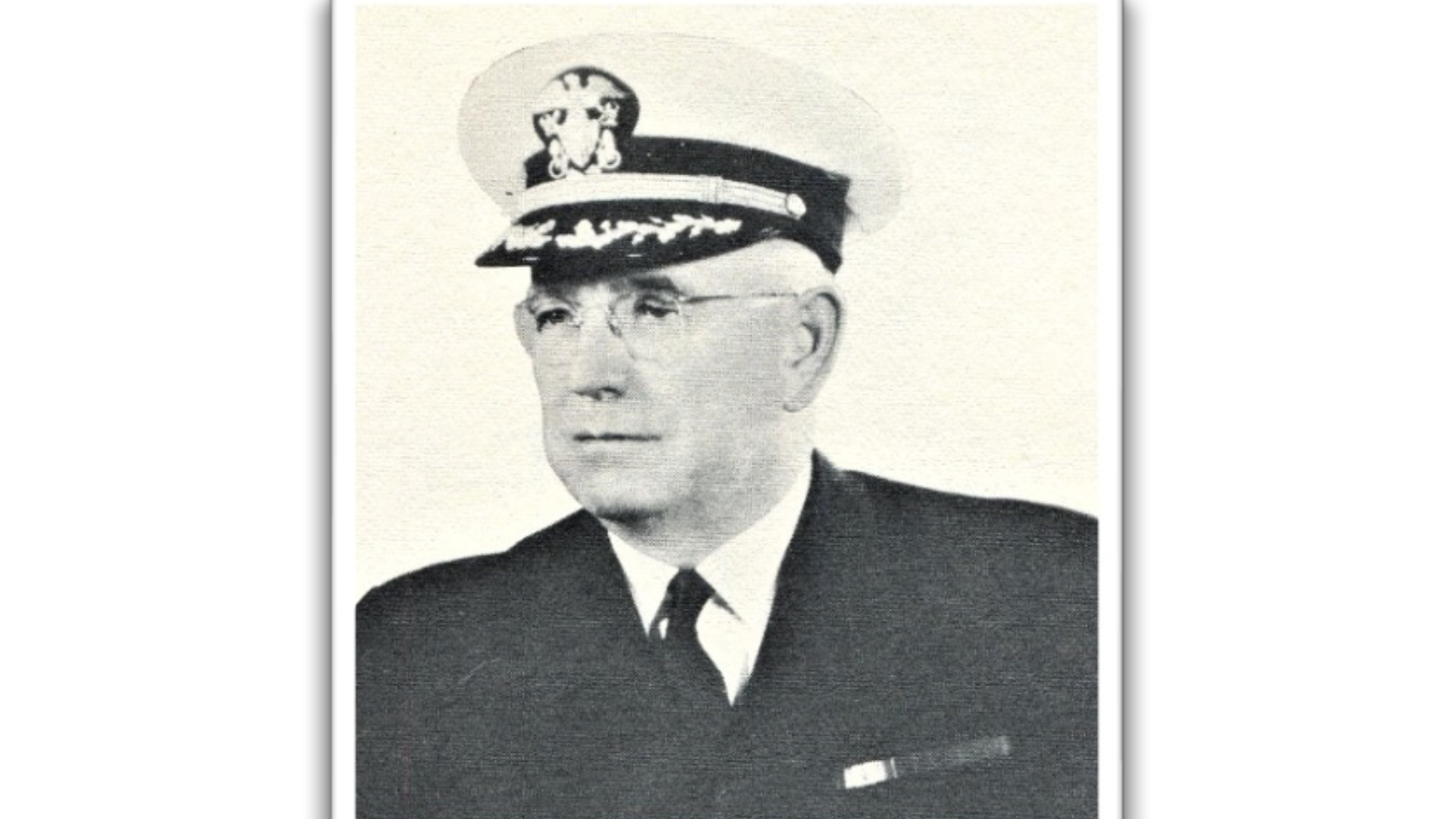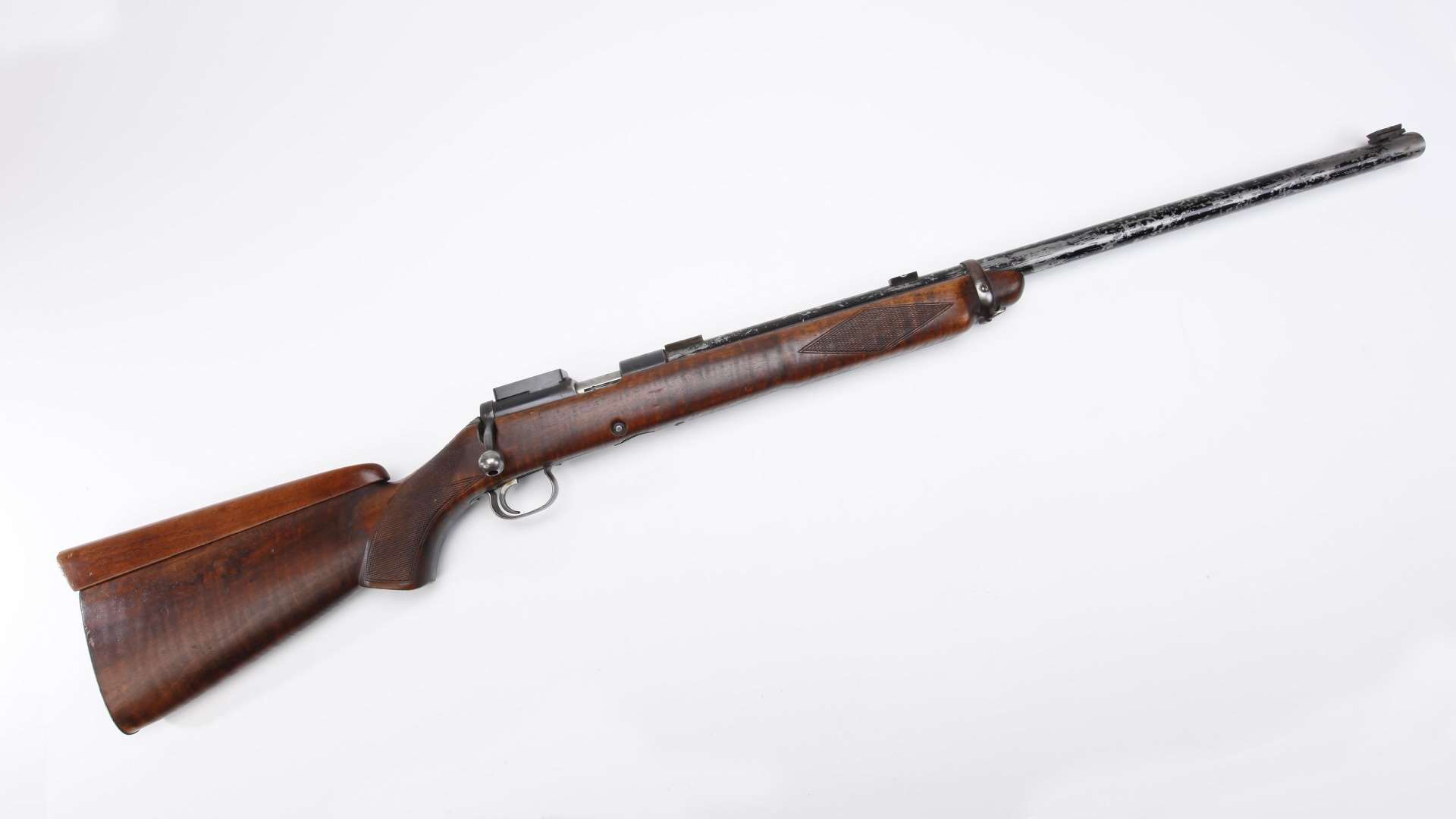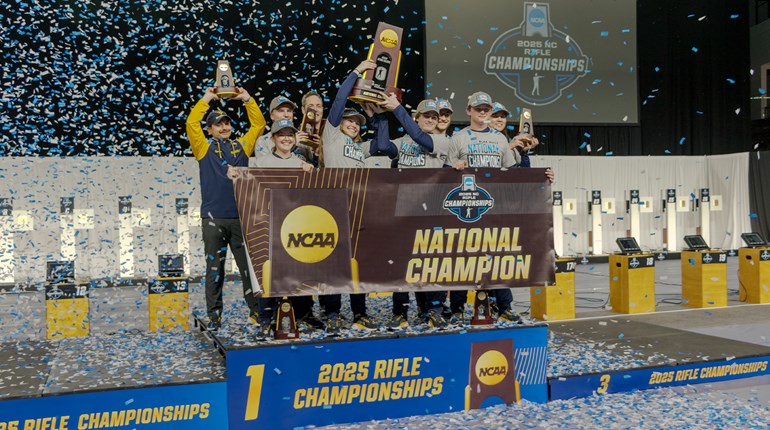
Thurman Randle, donor of the eponymously named Randle Women’s International Team Trophy, was born in Glen Rose, Texas, on October 24, 1890. Little is known of his early life but by the early 1930s, the World War I veteran was running a prosperous sporting goods store in Dallas, Texas, and was just as successful on rifle ranges across the nation.

At the NRA National Smallbore Championships at Camp Perry in 1933, Randle shot an amazing three perfect scores over the Dewar Course. This was a time when smallbore ammunition and equipment were relatively unsophisticated, and targets with perfect scores at 100 yards were rare enough to be reproduced in The American Rifleman.
Randle was a member of nine Lord Dewar International Postal Teams, serving as captain twice.
He was a bit of a long-range specialist and teamed up with Lawrence Wilkens, a man whose smallbore career spanned six decades from the 1920s through the 1970s, to win the Hercules Trophy in 1932 with a score of 786x800, again in 1933 with a score of 785x800. Back in those days, the Hercules Trophy contest was a two-man team firing 20 shots per member at 100 and 200 yards on the 200-yard decimal target, with a two-inch X-ring and a four-inch 10-ring.

At the Eastern Smallbore Tournament at Camp Ritchie, Maryland, on July 2, 1934, he set a record in the Swiss Match, sometimes known as the Swiss Miss and Out Match. This 200-yard event was a marathon prone shoot at the C-5 target, which was a one-fifth reduction of 1,000-yard “C” target. The black bullseye was a 7.2-inch five-ring with a four-inch V-ring. One was allowed two sighters and then continued to fire until a shot escaped the black five ring. In two hours and 17 minutes, Randle shot a score of 196-153V. This record would stand until the summer of 1940 when Art Jackson, at the Smallbore All Range Championship in Poughkeepsie, New York, shot a 324-238V. In an odd coincidence, Jackson would be the first official witness of a Randle Trophy Match in Jacksonville, Florida, in 1952.
In his record performance, Randle used his rifle—nicknamed “Ol’ Bacon Gitter”—because he won a pig with it in a ham shoot. Both his name and the rifles are engraved on the receiver ring of the early Winchester 52 built in 1930 or 1931. It has a factory installed stainless steel barrel, which Randle painted black to avoid the sun’s glare. The rifle has a custom trigger and prone stock with a high comb and checkering and now resides in the NRA National Firearms Museum located at NRA Headquarters in Fairfax, Virginia.

Randle found himself at England’s Bisley Camp as coach of the second U.S. Pershing Team in 1937, the last time the U.S. lost the match in its nearly 80-year history. It was a close run race as, for the second time in as many attempts, the Americans fell by a two-point margin.
With World War II raging, Randle returned to active duty, accepting a commission in the U.S. Navy as lieutenant commander. His assignment was, not unsurprisingly, to organize, standardize and launch the Navy’s small arms training program. After this duty in Washington, D.C., he was assigned to the command of the Sachuest Range complex at the Newport Naval Training Station in Rhode Island, where recruit training was conducted. He hired a staff of NRA members to serve as instructors. Randle left the service at the end of hostilities as a commander.
While still on active duty, Randle was elected vice president of the National Rifle Association of America in 1942 and moved up in office to the presidency in 1944, serving until 1946.
Randle remained active in NRA affairs and shooting after serving as the president. Being friendly with noted women’s sportswriter and shooter Eleanor Dunn, he was told of a women’s postal match between the United States and England proposed by Muriel Bryant. In 1952, he generously donated the imposing sterling silver cup, which bears his name, to enhance the status of this new match.
Thurman Randle passed away on February 2, 1957, in Dallas, Texas.

































